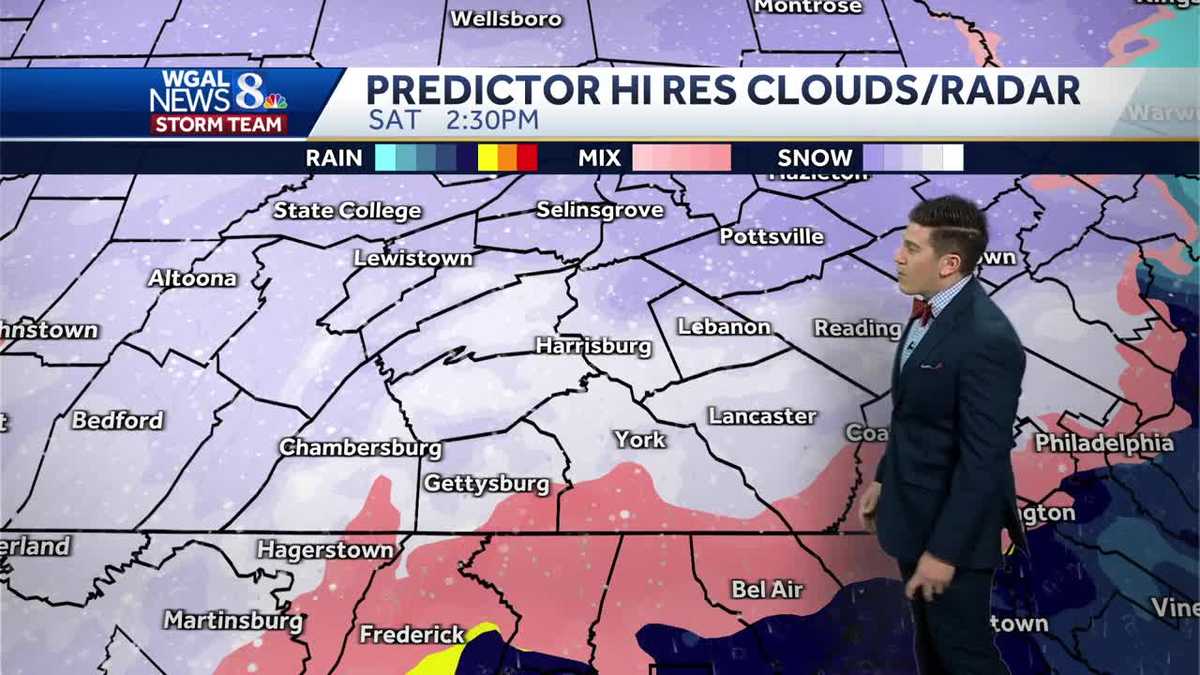Severe Weather Radar Terms and What They Mean


- Doppler radar is one tool used to determine if a storm is producing severe weather.
- There are many terms that meteorologists use to describe what radar shows.
- It sometimes indicates a devastating hurricane or strong winds.
Radar provides many visual cues for meteorologists when tracking severe weather and tornadoes. “Debris ball,” “hook echo,” and “bow echo” are just some of the terms you may have heard before on the Weather Channel or elsewhere.
We're here to give you a little meteorology 101 lesson on what these things mean so you can put that knowledge to use the next time severe weather threatens you.
1. Echo of the Hook


A supercell thunderstorm with a hook-like echo did not produce a tornado near Lubbock, Texas, on April 29, 2012.
(Radar image: National Weather Service – Lubbock, Texas | Comment from weather.com)
As the name suggests, this phenomenon refers to a hook-shaped appendage on radar that typically emerges from the southwestern (lower left) portion of some supercell thunderstorms. It's a sign that the storm has a strong updraft and sometimes rotation. When tornadoes are created by supercells, they are located near the tip of the hook echo on radar. But a hook echo doesn't always mean a tornado is in progress.
The example above shows a supercell storm near Lubbock, Texas, which produced large hail and strong wind gusts but did not produce a tornado.
2. Debris Ball


Radar of debris ball from an EF3 tornado that caused damage near Crossville, Illinois, on February 28, 2017.
(National Weather Service – Paducah, Kentucky)
Now that we know what a hook echo is, we can move on to the next radar signature that is sometimes seen within it.
A debris ball on radar is an indication that a devastating tornado is on its way. This means that the radar is sensing an area of higher reflectivity in the hook echo, which is often associated with debris that has been lifted thousands of feet into the air.
Above is an example of a debris ball (purple shading in the hook echo) from an EF3 tornado that caused damage near Crossville, Illinois, on February 28, 2017.
(15-minute details: For more detailed weather data tracking in your area, you can view the detailed 15-minute weather forecast in A unique professional experience.)
3. 'TDS'


Tornado debris signatures are seen on a correlation coefficient radar display from a tornado that caused EF4 damage in Newnan, Georgia, on March 25, 2021.
(National Weather Service – Peachtree City, Georgia | Comment added by weather.com)
This is an acronym you may hear that stands for “tornado debris signature.” Like a debris ball, this means that radar has detected debris high in the air from an advancing tornado.
Earlier this century, the upgrade of National Weather Service radars to dual polarization technology allowed meteorologists to see the TDS and communicate that a tornado was ongoing and causing damage, even if it occurred at night or no observer had yet seen it. It is often seen using what is called correlation coefficient (CC) radar data.
Airborne tornado debris is made up of elements of very different sizes and shapes, and falls to the ground very differently than precipitation, which is what the CC lab detects. The CC radar image above shows the example of an EF4 tornado that struck Newnan, Georgia, on March 25, 2021, with the debris lifted as a blue dot amid a broader area of red echoes.
4. Bow echo


The bow echo was spotted on radar in northern Wisconsin on July 19, 2019.
(National Weather Service – Green Bay | Stocks added by weather.com)
This name is given to radar echoes that curve outward from a larger line of thunderstorms (see arrows in the image above). It is an indication of a concentrated area of damaging straight-line winds in a line of thunderstorms.
A bow echo shows where the downdraft of rain-cooled thunderstorm air is pushed to the Earth's surface and spreads horizontally. Wind gusts in a bow echo are often 60 to 80 mph, sometimes higher.
Sometimes one or more of these curved lines of thunderstorms can persist long enough to be called a derecho, a widespread event that causes wind damage.
(192 hours: Further enhance your forecast with our detailed hour-by-hour analysis for the next 8 days – available only on our website A unique professional experience.)
Chris Dolce He has been a senior meteorologist at weather.com for over 10 years after starting his career with The Weather Channel in the early 2000s.



